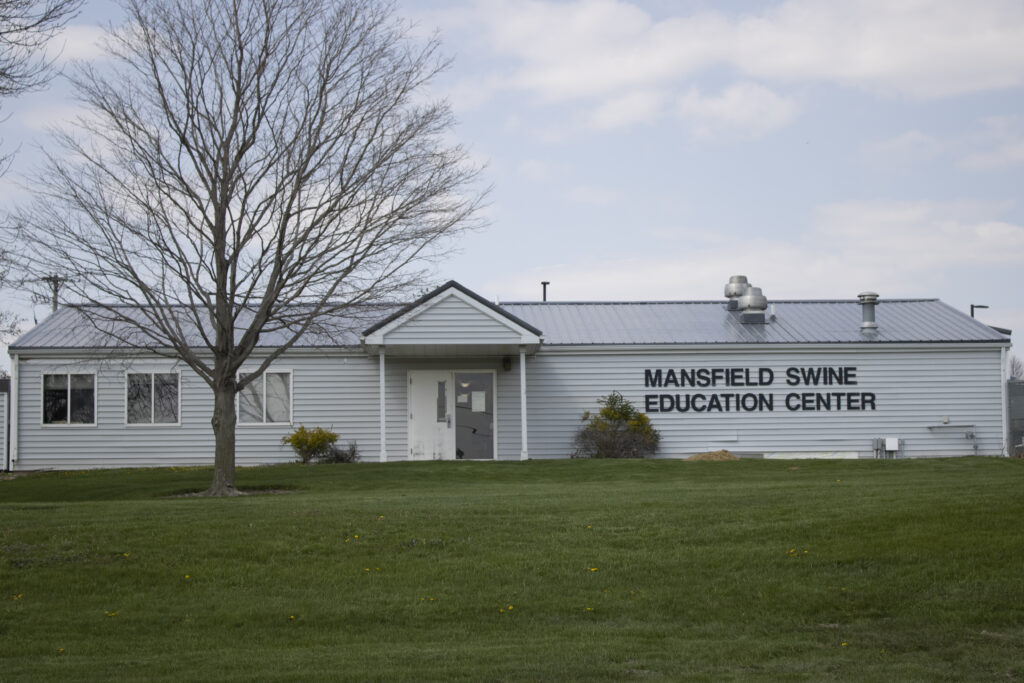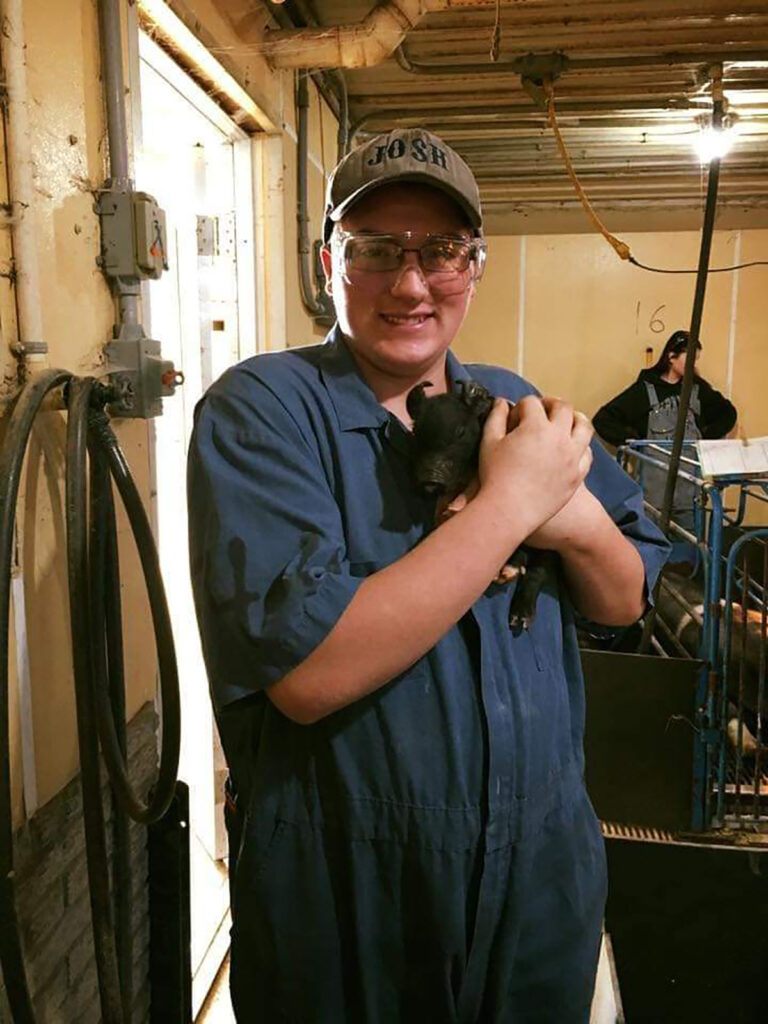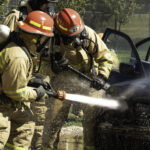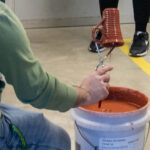
CONTRIBUTED: There are many people in the world who do not know where their food comes from. Pork is one example. There are also a lot of people who have begun to believe many different myths and rumors about hog or pig farming that are, in reality, completely false. This guide will explain how to take care of pigs without violating any United States Department of Agriculture (USDA) policies and regulations and explains what it takes to bring home the bacon.
According to the USDA, “Consumers are concerned not only with characteristics such as the nutritive content of animal products, but also want assurances that food animals are raised in humane conditions and receive humane treatment during handling and slaughter.”
The biggest necessities that must be given to pigs of all ages at all times are as follows: food, water, and air. Pigs have access to food and water 24 hours a day, seven days a week. They have access to fans and curtains that ventilate the barn and maintain good air quality for the pigs and the farmer. Part of the daily chore routine of a pig farmer is to make sure the feed and water lines and all fans, curtains, and inlets are functioning properly.

Another major part of raising pigs is vaccinations. When a pig gets sick, it must be vaccinated. Any medication that is given to pigs has a “withdrawal period.” This is the amount of time it takes before the medication is completely out of the animal’s system. An animal cannot be processed until it has completed all withdrawals. If the entire barn gets sick, medication that goes into the water supply for the pigs can be used.
Another major aspect of pig farming is making sure the pigs are happy and healthy. There is an old saying, “If you have livestock, you will have dead stock.” If a pig dies in the barn, it is important that it gets properly removed as soon as possible to maintain the health of the rest of the pigs. There are many other aspects to pig farming that this guide can’t get into. However, this guide explains the basics and fundamentals of hog farming and what it takes to properly take care of any group of pigs.

Categories: Contributed, Feature










